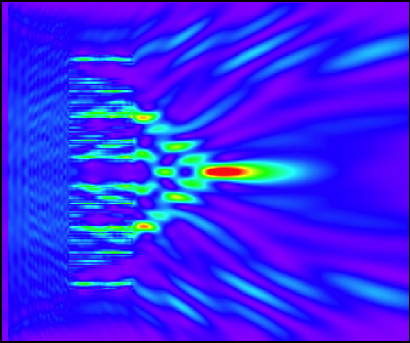|
Research Interest
|
|
Interaction of ultrashort laser pulses with matter - theory and simulation We study the interaction of ultrashot laser and soft-x-ray pulses with atoms and molecules, where nonlinear optical effects and electron-electron interaction play an essential role. We also investigate novel methods to generate and measure ultrashort (attosecond) XUV and soft-x-ray pulses, mainly based on high-order harmonic generation (HHG, phenomenon in which laser light is converted to light with integer multiples of the laser frequency). The best way to study atomic and molecular dynamics under such circumstances theoretically is direct numerical solution of the time-dependent Schr?dinger equation (TDSE). We apply this method to various kinds of atoms and molecules to study, for example, above-threshold ionization (ionization process in which photoelectrons absorb further photons than the minimum necessary), high-order harmonic generation and two-photon double ionization. Our grand goal in emerging attoscience is to observe, control and manipulate electronic motion inside atoms and electrons at will. This will greatly contribute to technological innovation such as creation of unique atomic and molecular states, and the control of chemical reactions and intra-atomic electron dynamics with the attosecond time scale. Recent and current research topics:
Computer design of subwavelength diffractive optical elements using the finite-difference time-domain (FDTD) method Diffractive optical elements (DOEs) are devices that can be used for precision laser beam control and shaping. With recent progress of nanotechnology, it is possible to fabricate DOEs with structures finer than optical wavelengths, namely, subwavelength structures (SWSs). We investigate the behavior of laser beams propagating in subwavelength DOEs using the FDTD simulation method and design novel devices with previously unattainable functions.Recent and current research topics:
|

